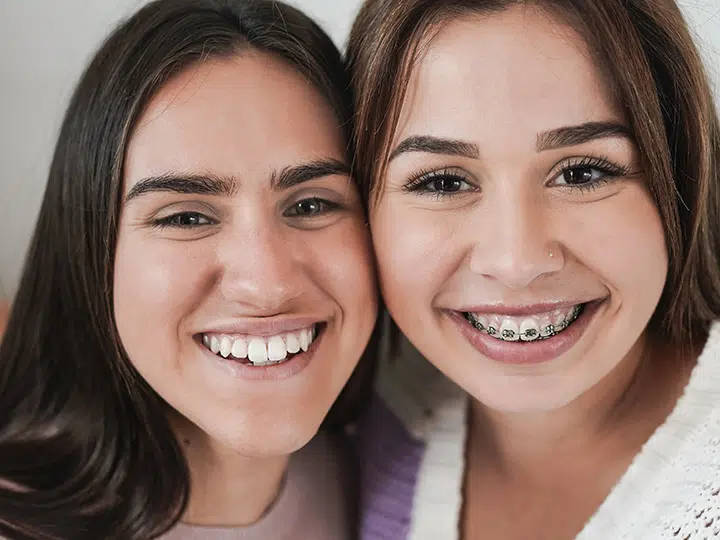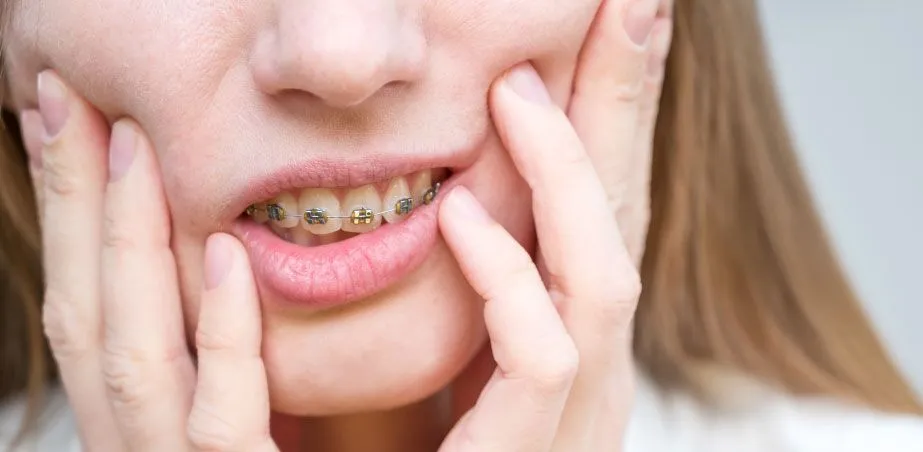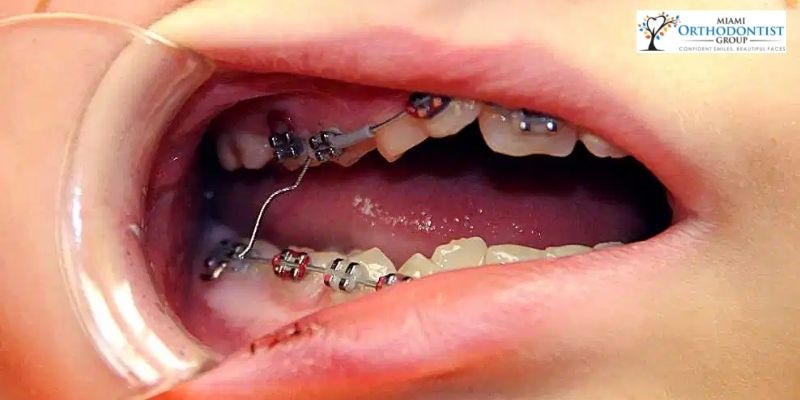
Clear aligners can be very effective, but whether they work as well as braces depends on the patient’s specific needs. For many mild to moderate orthodontic problems—like crowding, spacing, or some bite corrections—clear aligners can achieve results similar to traditional braces. They are also nearly invisible, removable for eating and brushing, and generally more comfortable since they don’t have brackets or wires that can irritate the mouth.
However, braces are often the better option for more complex cases, such as severe crowding, large bite discrepancies, or when teeth need to be rotated or moved in ways that aligners can’t achieve as precisely. Braces also give the orthodontist more control over fine-tuning tooth movement. Another factor is patient compliance: clear aligners must be worn 20–22 hours per day to be effective, whereas braces are fixed and constantly working.
In short, clear aligners can be just as effective as braces for many patients, but braces may still be the best choice for complex cases or for patients who may have trouble keeping aligners in consistently.

We know that investing in your smile is a big decision, and we want to make it a..

At our office, we’re happy to welcome patients with most insurance plans, maki..

The decision depends on several factors: the severity of the misalignment, bite ..

Yes. Aligning teeth and correcting bite issues can subtly change how the lips, c..

Accidents happen, and it’s important to act quickly. First, check for injury t..

Aligners can generally be worn during non-contact sports without issue. For cont..

In some cases. A narrow palate or misaligned bite can contribute to restricted a..

Orthodontic treatment is generally very safe, but like any medical or dental pro..

In an orthodontic emergency, the most important thing is to stay calm—most sit..

Yes, children with braces can safely play most sports, but protection is key. A ..

If you have a project in mind, let’s talk.

Share this article